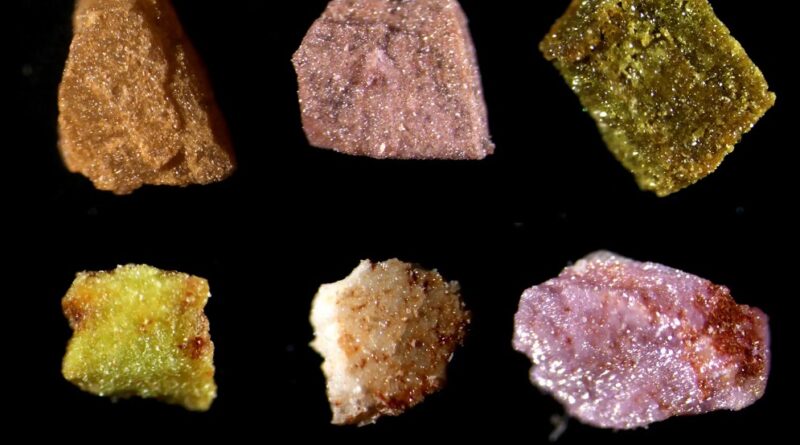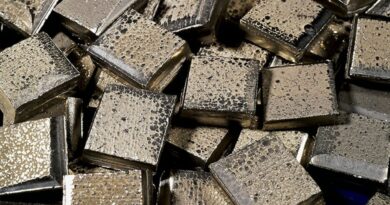Rare earth no longer commodities; they’re national security assets
Despite being geologically widespread, rare earths are difficult and expensive (both financially and environmentally) to mine and process — allowing China to invest and build out global capacity representing:
- mining at 70%
- and processing at 90%
Today, especially in the renewed trade wars, this gives China significant geopolitical leverage.
For example, the US Department of Defense relies on Chinese supply chains for components used in 1,900 weapon systems, encompassing over 80,000 individual parts — threatening 78% of US military weapon systems.
The West can no longer treat rare earths as just tradable commodities; they are national security assets.
United States: Government intervention
It will be one of the great questions: how the US national security apparatus allowed China to monopolize it’s hold on key critical minerals such as rare earths, despite successive serious warnings, even after the disruption of Covid to supply chains. However, the US Department of Defense now appears to be fully engaged.
In July 2025, the Department of Defense (DoD) took a US$400 million equity stake in MP Materials, America’s only active rare earth mine at Mountain Pass, California. The DOD also provided a $150 million low-interest loan and introduced a $110/kg price floor for neodymium-praseodymium oxide (NdPr). That pricing floor creates revenue stability to de-risk private investment in refining and magnet production.
Apple followed with a US$500 million investment with MP Materials to secure domestic supply chains for rare earth magnets in iPhones and Macs. Apple is co-developing recycling tech and new US-based processing facilities. Corporate demand, aligned with government funding, forms the cornerstone of new U.S. industrial strategy.
This investment by the DoD is “not a one off”, with similar deals expected as part of a multibillion-dollar investment by the Pentagon to strengthen U.S. production of essential minerals and challenge China’s dominance in the sector.
Rare earth supply – realignment of global economic power
In short, this struggle over rare earth supply isn’t just a mineral market story. It’s a realignment of global economic power.
The West is finally treating rare earths as the strategic commodities they are. With price floors, equity stakes, export incentives, and regulatory overhauls, the foundations to significantly ramp up production are being put into place. Add geopolitical diversification and tech-sector capital, and the West finally seems serious at breaking China’s monopoly.
So, yes, Western (US) efforts to diversify from China can work — but only with sustained government and corporate alignment. And there are already mixed signals across the industry.
For example, General Motors is reportedly planning to continue importing electric vehicle batteries from Chinese battery giant CATL for another two years as a “stopgap” until they can manufacturer their own. However, as we warn in our article on US automakers vs US miners: there’s nothing more permanent than the temporary.
Significant challenges remain: from timescales to built out supply chains, processing scale, environmental constraints, and cost competitiveness will continue to test feasibility.
Rare earths are the test: will the West commit the time and money to take on China? If yes, momentum will shift across the entire range of critical minerals. If not, the remaining Western critical mineral supply chains and their manufacturing stacks could break.




